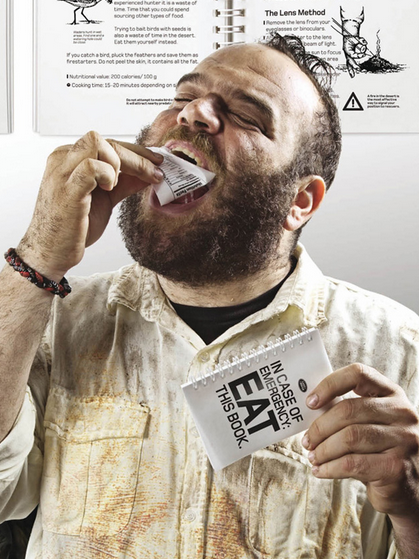Edible printing is one of the most innovative ways to combine baking with design and technology, and since its introduction to the confectionary sector, there have been a wealth of different creations from amateur and expert bakers alike. There are two types of edible paper – wafer paper and frosting sheets, each offering its own advantages when it comes to customisation. So if you’re thinking about using edible printing techniques to forward your baking styles, read on for some more great tips!
Wafer Paper
Edible, wafer paper is starch based, and if you want to use edible imaging with your cakes and confectionaries, then it’s best to use the thin and flexible form of wafer, usually white. Wafer paper is less suitable for photo cakes, as frosting sheets are of a higher quality, however wafer paper is ideal for images like butterflies, wings, flowers or leaves, and this type of paper won’t dissolve into the surface of a frosted cake either.
Annoyingly, wafer paper tends to wrinkle or curl, either when it’s placed on moist cakes or left in a refrigerated space. The paper may also be noticeable when eating or cutting a cake, however because it offers different textured sides, you can easily print on both of them. Finally, it’s a lot easier to cut or shape wafer paper compared to frosting sheets.
Frosting Sheets
Although they may look like paper, frosting sheets are simply very thin layers of frosting, imposed onto plastic backing that’s very flexible. When it comes to edible cakes, frosting sheets are the preferred form of edible paper, and they also offer higher quality colours in image printing too. Furthermore, frosting sheets can also take on the taste (and sometimes the consistency and colour) of the cake itself, as they sheets tend to meld into the surface without compromising the quality of the image.
Because of these transitions between the cake and the frosting sheets, its best to use buttercream as frosting, although the sheets can also be used with marzipan, ice cream, royal icing, non-dairy whipped topping and even chocolate. One of the best things about frosting sheets, is that they come in a variety of colours and sizes, and can be cut to shape too. Make sure you visit MakeBake if you have any questions about edible printing!
Storing and Printing Frosting Sheets
To prevent them from drying out, frosting sheets should be kept tightly stored in a zip-lock bag, as well as out of sunlight and on a flat surface. There’s no need to refrigerate frosted sheets, and they usually have a shelf life of around one year. Simply for organisational purposes, it’s best to print your frosting sheets in advance, as you might have issues with the printed image or quality of the print. If exposed to UV light, edible images as well as food colourings in the frosted sheets can fade. Remember to use clean and dry hands when handling frosting sheets, and prior to printing, do not remove the plastic backing.

